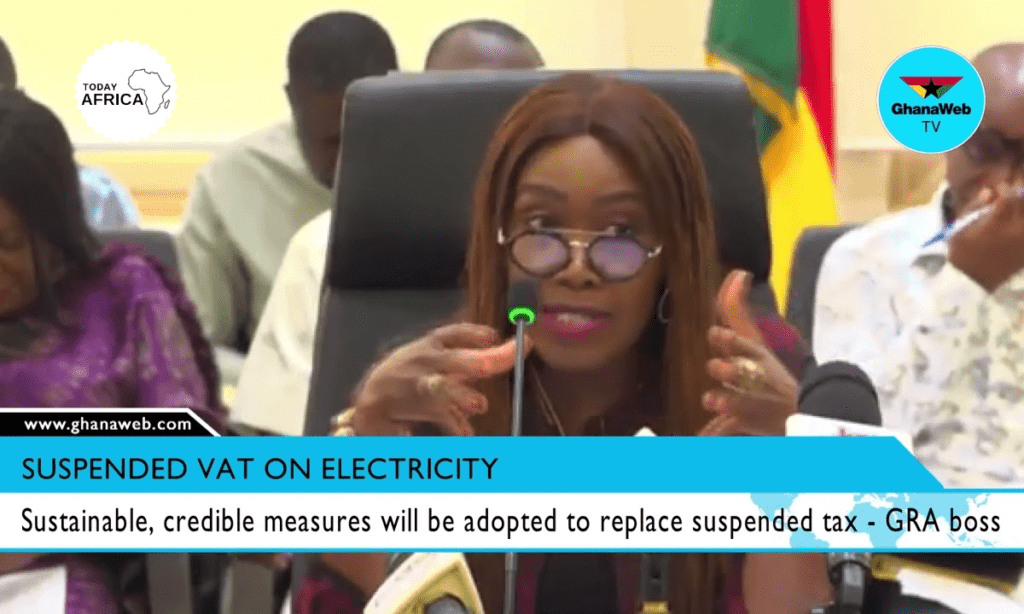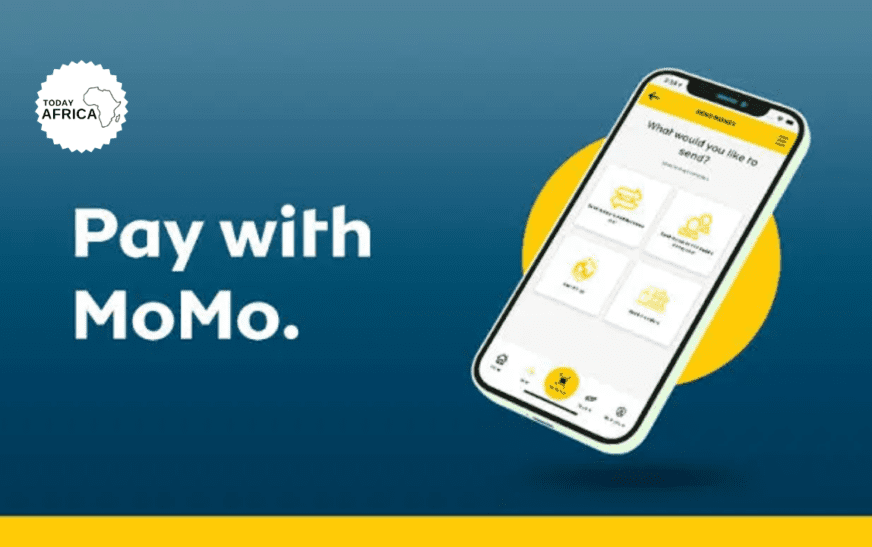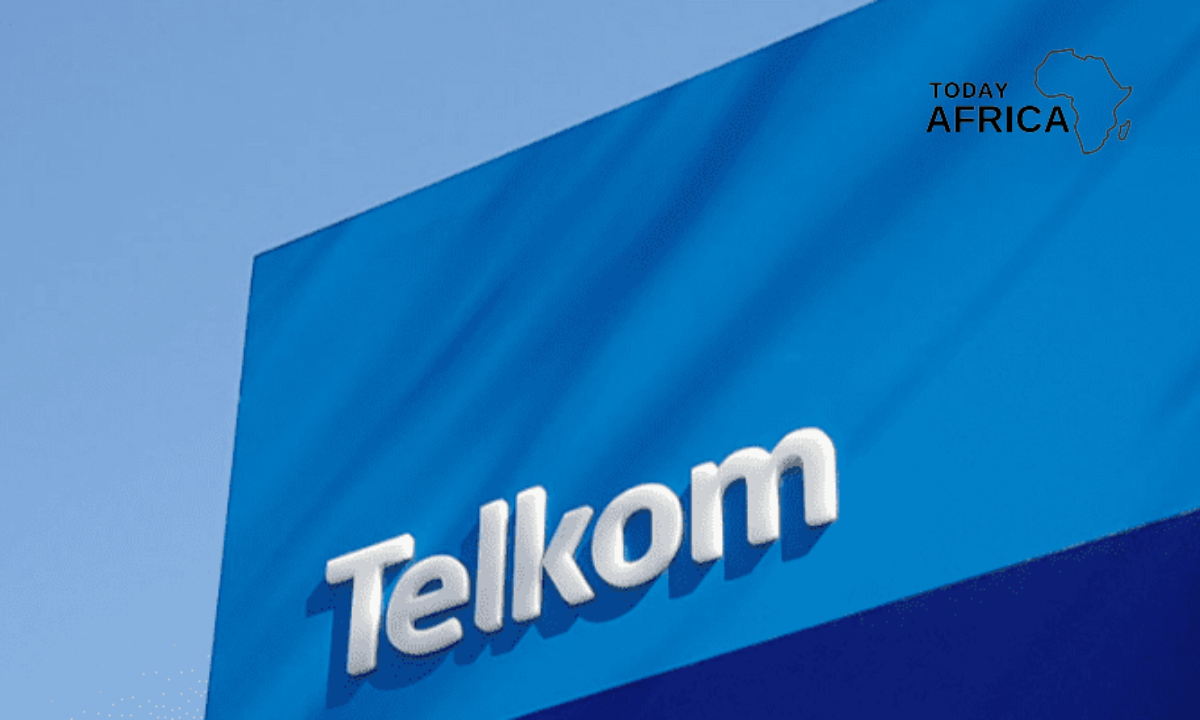Ghana to tax residents’ foreign incomes to close a significant revenue gap left by cancelling value-added tax (VAT) on electricity earlier this year.
The government’s implementation of the value-added tax on electricity sparked a major outburst, resulting in the abandonment of the initiative and a revenue gap of approximately GHC 1.8 billion ($134 million).
The VAT on electricity was one of the revenue measures outlined in Ghana’s agreement with the International Monetary Fund.
The Ghana Revenue Authority (GRA) taxed foreign income earned by Ghanaian residents who spent at least 183 days in Ghana.
Commissioner General

According to Commissioner General, Julie Essiam, this development is an expansion and enforcement of the existing tax regime. She confirmed the start of implementation, stating that the team is mobilising and drafting letters to be sent to individual account holders, which they may receive before May 2, 2024.
“If individuals come forward within three months and say that, this is the amount in this account, the interest on the account will be waived, and that is the voluntary disclosure aspect of this measure,” she revealed.
See Also: MTN MoMo Expands to 10 New Countries at a Launch Fee of 4%
Recall that the Ghana Revenue Authority announced in December 2023 that e-hailing drivers and commercial vehicle owners would begin paying quarterly income taxes on January 1, 2024.
Ghanaian-based content creators and influencers who earn money on international platforms such as YouTube, X platform, and TikTok, among others, will now be required to pay taxes. This also extends to remote workers using platforms like Fiverr and Upwork.
According to Statcounter, from March 2023 to March 2024, YouTube had 31.66% of Ghana’s social media traffic, while X had 9.74%. As of January 2024, Ghana registered 7.4 million social media users, an increase from 6.6 million in the preceding year.
Furthermore, with a population slightly above 34 million, the number of Internet users in Ghana reached a total of 15.7 million in January 2021, representing a penetration rate of 50%, which means that around half of the population had Internet access in 2021.
















